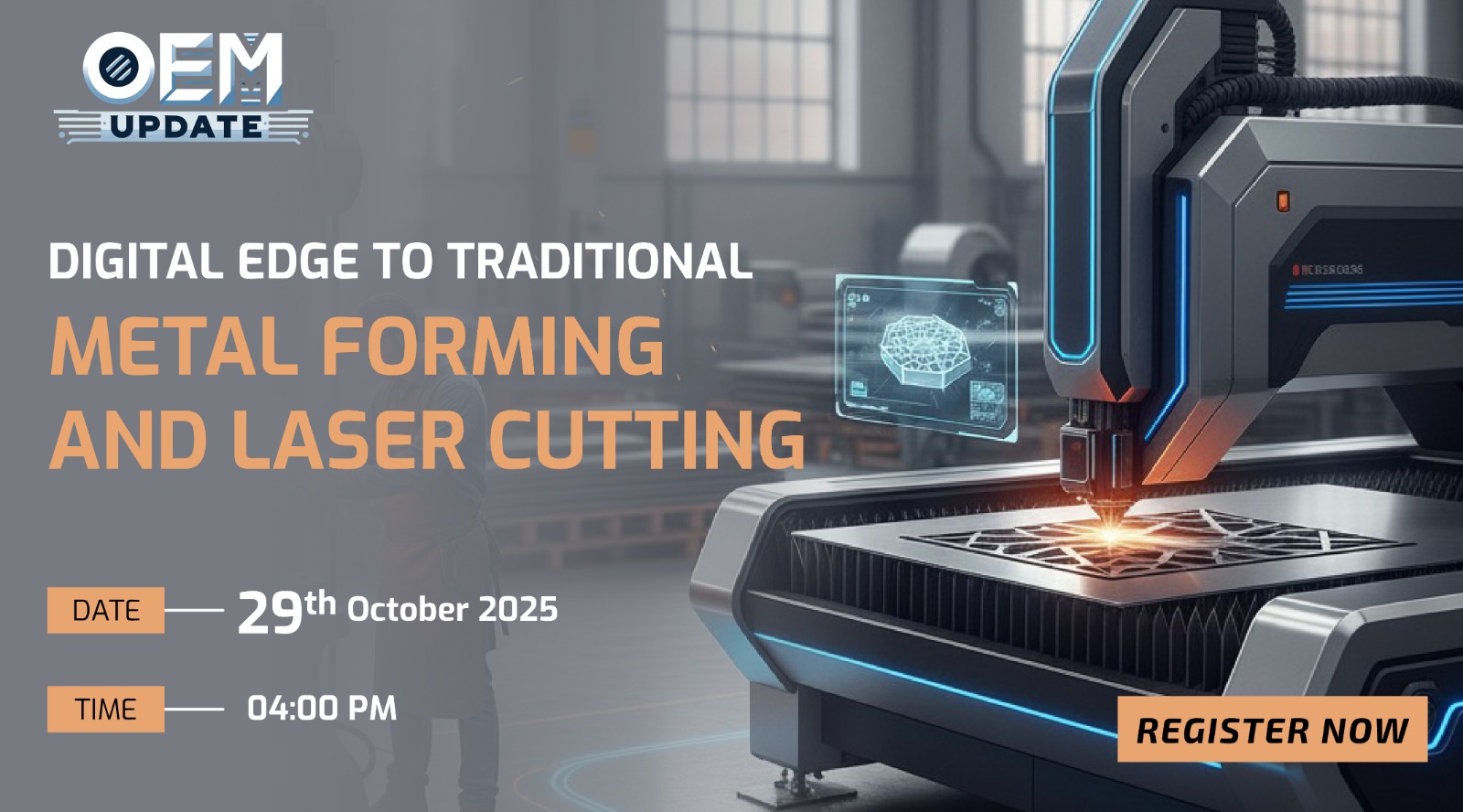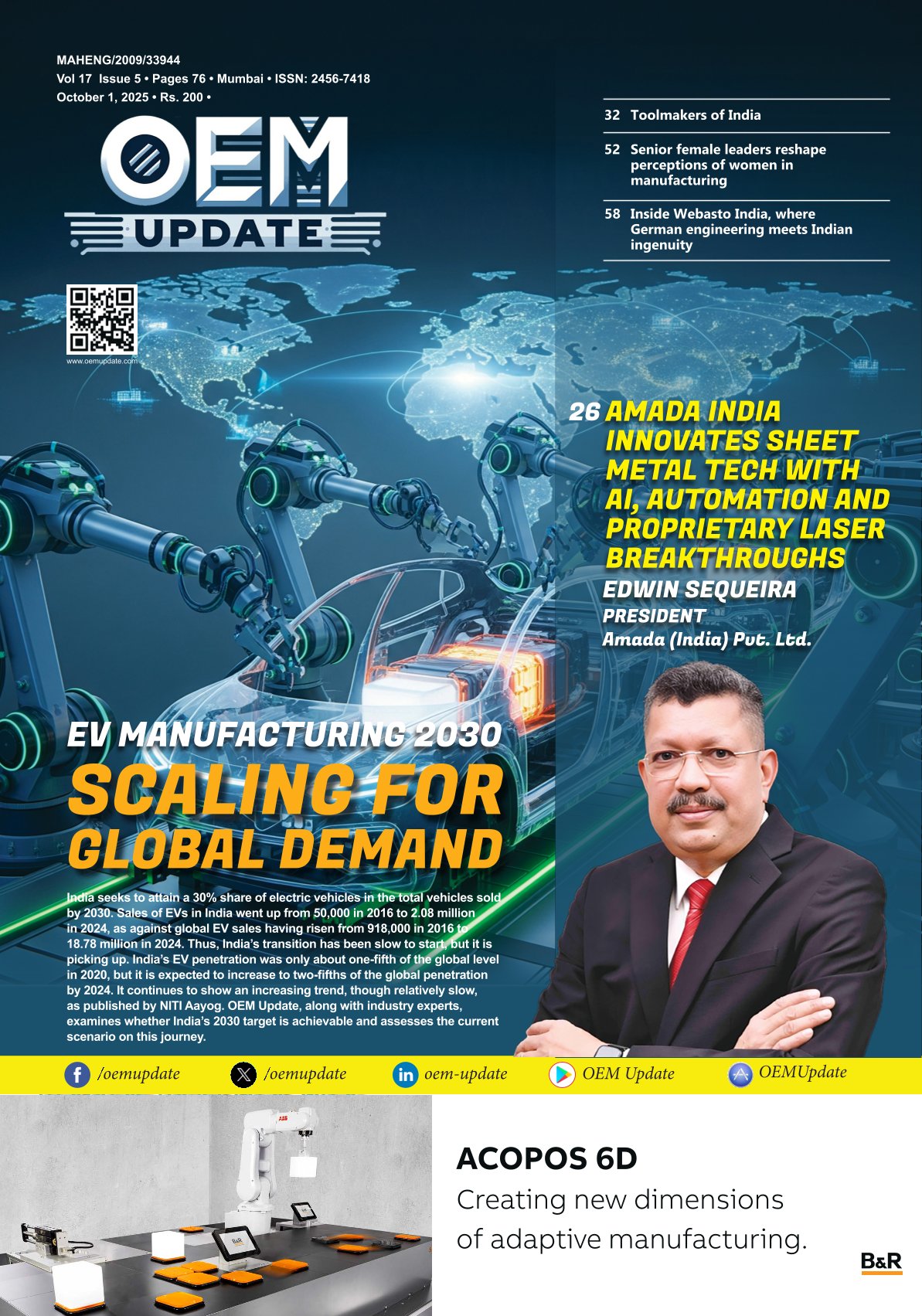Cloud-based elevator monitoring is reaching heights
By Staff Report November 30, 2024 5:36 pm IST
Cloud-based elevator monitoring is made accessible to users with increased safety solutions, and Schmersal is the best in the field. Yogesh Kalpande, Dy. Manager-Elevator Sales at Schmersal India Pvt Ltd, shares what technologies they use that offer economic benefits by improving reliability, lowering costs, and seamlessly integrating into existing systems for smarter, safer operations.
Schmersal provides innovative solutions like cloud-based elevator monitoring. How are these technologies integrated into existing systems?
Schmersal has been integrating advanced technologies like cloud-based elevator monitoring to enhance the performance, safety, and maintenance of elevator systems. Schmersal’s cloud-based elevator monitoring solutions can be retrofitted onto existing elevator systems that may not have been originally designed for digital integration. This is done by installing sensors, controllers, and IoT-enabled devices that capture real-time data on elevator performance, such as speed, load, temperature, and door operation.
Data transmission and cloud connectivity are in place. The sensors and devices installed on the elevator equipment continuously collect operational data, which is then transmitted via secure communication protocols (e.g., Wi-Fi, 4G/5G, or Ethernet) to a cloud platform. This data is processed, analysed, and made available for remote monitoring, diagnostics, and predictive maintenance.
A central dashboard or monitoring platform, often cloud-based is used for maintenance teams, building managers, or service providers to monitor multiple elevators remotely. The dashboard provides insights into elevator performance, alerts about maintenance needs or failures, and predictive analytics for optimising the maintenance schedule.
By leveraging machine learning and data analytics, Schmersal’s cloud-based system can predict potential failures based on patterns observed in the data, allowing for proactive maintenance before an elevator breaks down, thereby reducing downtime and maintenance costs.
The cloud platform can also integrate with broader building management systems (BMS), allowing seamless coordination between elevator operations, lighting, HVAC, and security systems.
What major challenges do you face in this integration process?
The major challenges we face in the integration process are multifaceted. Many older elevator systems lack the infrastructure to directly support cloud-based monitoring directly, making retrofitting these systems with new sensors and communication devices technically challenging and costly. Additionally, since elevator systems are connected to the cloud and often transmit sensitive operational data, ensuring the security of this data is paramount. The cloud platform must adhere to stringent security protocols to prevent data breaches and cyberattacks, especially in sensitive locations like hospitals, hotels, or high-security buildings.
Connectivity issues also pose a significant challenge. In buildings with poor or unstable internet connectivity, ensuring consistent data transmission from the elevator to the cloud platform can take time and effort. To address this, we must implement reliable communication technologies, such as 4G or dedicated radio systems, to guarantee that data can still be transmitted in real time.
Moreover, retrofitting older systems and integrating them with cloud-based solutions often requires substantial initial hardware, installation, and training investments. This cost can be a barrier for some building owners or facility managers, especially those managing smaller properties. The integration process can also be complicated by connecting cloud-based elevator monitoring with other systems, such as fire alarms, access control, and lighting. Each system may have different standards, protocols, and communication methods, which require custom integration and configuration efforts.

Finally, some building maintenance teams may need more expertise or experience in using cloud-based systems and data analytics. To ensure the success of the integration, adequate training is necessary to help these teams effectively interpret data, handle system alerts, and make data-driven decisions.
How does collaboration with elevator manufacturers influence your R&D and production?
Elevator manufacturers often have specific safety requirements, particularly passenger protection, operational reliability, and local and international safety standards compliance. By collaborating with elevator manufacturers, we can develop or modify our products (e.g., safety switches, sensors, control systems) to meet the unique needs of the elevator industry. This customisation is crucial for ensuring the products are optimal for elevator applications.
Through real-time testing and feedback from elevator manufacturers, we can refine and enhance the durability and functionality of our components. Elevator systems are subject to continuous usage and demanding conditions, so having access to these environments allows us to test products in a way that ensures they meet the highest performance standards.
The elevator industry is highly regulated, with strict safety and performance standards that vary from region to region. By working directly with elevator manufacturers, we ensure that our products meet all necessary certifications and comply with the specific safety regulations governing elevator systems, such as the EN 81 standard in Europe.
Elevator manufacturers often deal with global markets, so collaboration helps us understand the diverse regulatory landscapes and develop products that can be easily adapted to meet different international standards.
The trend toward digitalisation and smart elevators has pushed for more integrated safety and control systems. Our R&D department benefits from this trend by collaborating with elevator manufacturers to design products integrated into smart elevator control systems, enhancing automation, monitoring, and predictive maintenance.
We also understand the volume and timing needs, leading to more efficient production planning. This results in faster lead times and the ability to deliver solutions aligned with the elevator systems’ manufacturing schedules.
Continuous collaboration provides insights into emerging trends in the elevator industry, such as the need for more energy-efficient systems, faster and quieter elevators, or increased accessibility.
What major technology does Schmersal provide to adhere to the safety requirements in elevator systems?
Schmersal provides a range of advanced safety technologies designed to adhere to the strict safety requirements of elevator systems. These technologies ensure the safe operation of elevators, prevent accidents and comply with industry regulations. We ensure that all our safety devices and systems for elevators meet the rigorous safety standards defined by EN 81, which governs the design, installation, and operation of elevators in Europe. Our products are certified to meet these standards, ensuring the highest level of safety. Many of our products meet functional safety levels (e.g., SIL – Safety Integrity Level, PL – Performance Level) required for elevator safety systems. Our products are designed to prevent hazardous failures and ensure that safety functions are always operational.

Schmersal is increasingly integrating Internet of Things (IoT) technology into its safety products, allowing for predictive maintenance in elevators. This helps monitor wear and tear on components and ensures timely repairs before failures can lead to safety incidents. Real-time diagnostics and maintenance alerts can be generated by connecting safety devices to cloud-based platforms. Our safety systems can be monitored remotely, allowing for real-time elevator health and status tracking. This improves operational efficiency and reduces downtime by enabling swift responses to safety-related issues.
We also provide control systems and automation solutions that ensure the safe, smooth operation of elevator movement and door functions. These systems integrate safety functions such as emergency stops, door locking, and speed regulation to prevent accidents during operation.
Can you elaborate on the economic advantages of your innovative solutions to elevator and escalator manufacturers?
Our innovative safety solutions provide significant economic advantages to elevator and escalator manufacturers by reducing downtime, maintenance, and compliance costs, speeding up development processes and improving energy efficiency. Our focus on safety in vertical transportation ensures that our products are durable, modular, and globally compliant. These features provide long-term economic benefits, helping manufacturers reduce overall costs, improve product reliability, and gain a stronger competitive edge in the market.
Cookie Consent
We use cookies to personalize your experience. By continuing to visit this website you agree to our Terms & Conditions, Privacy Policy and Cookie Policy.






